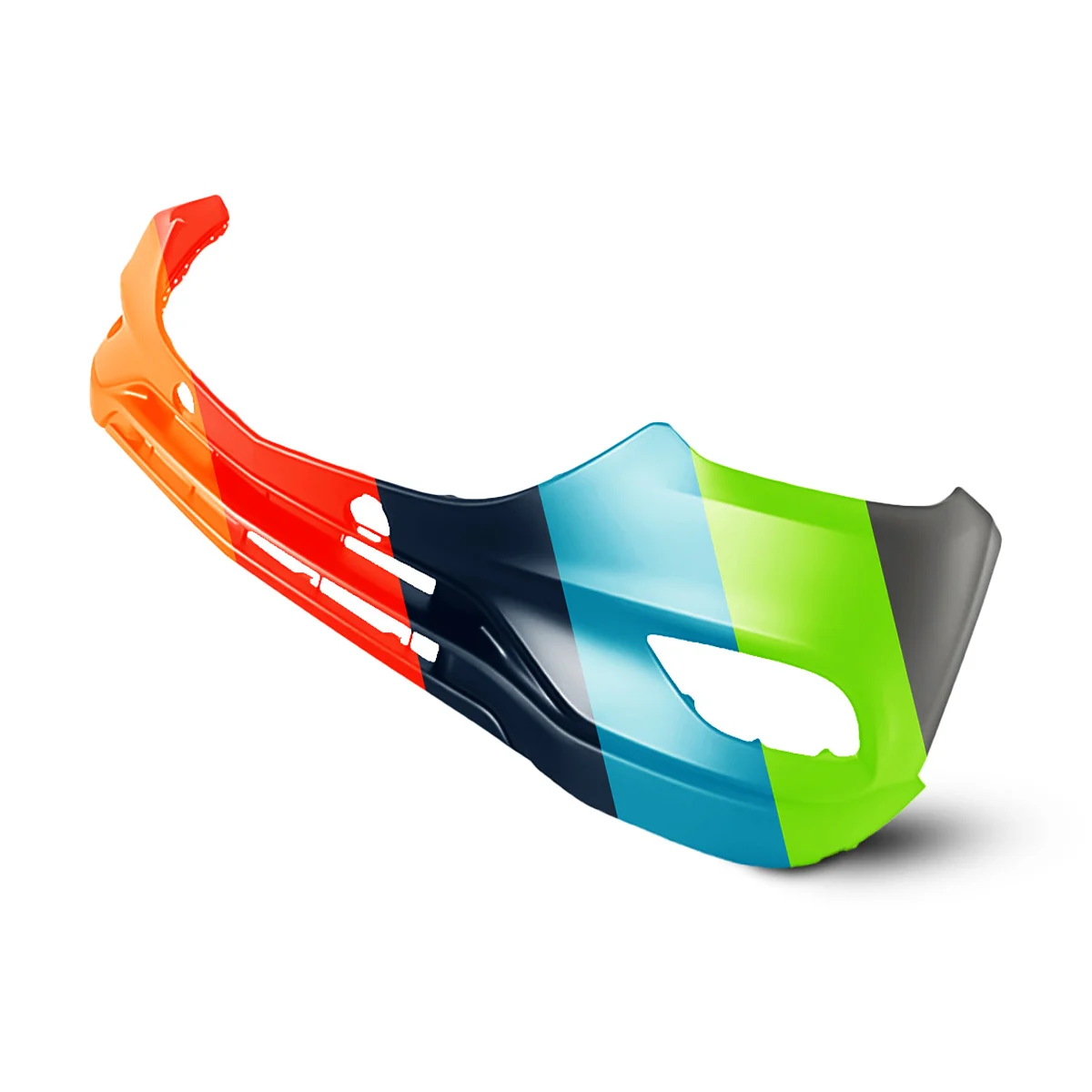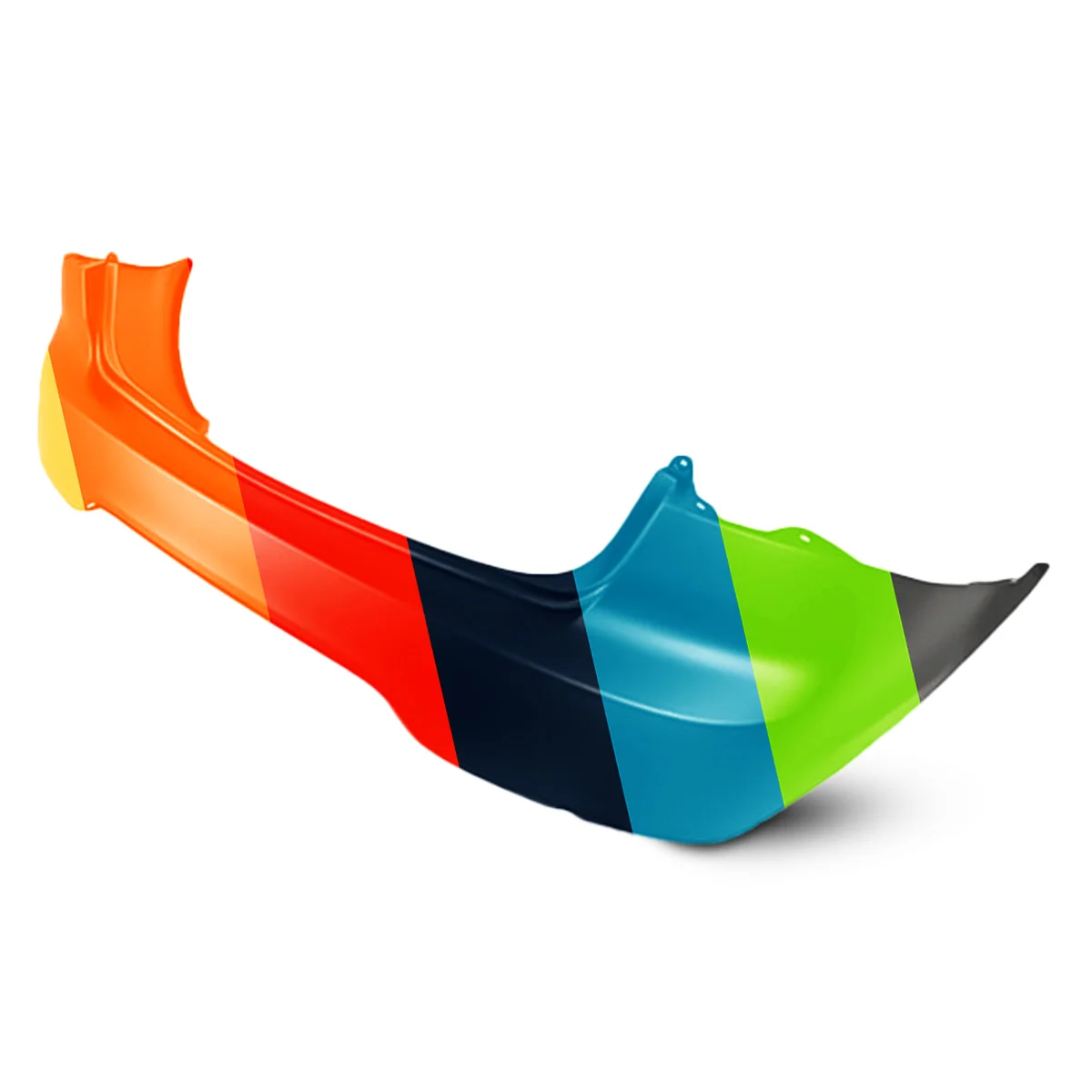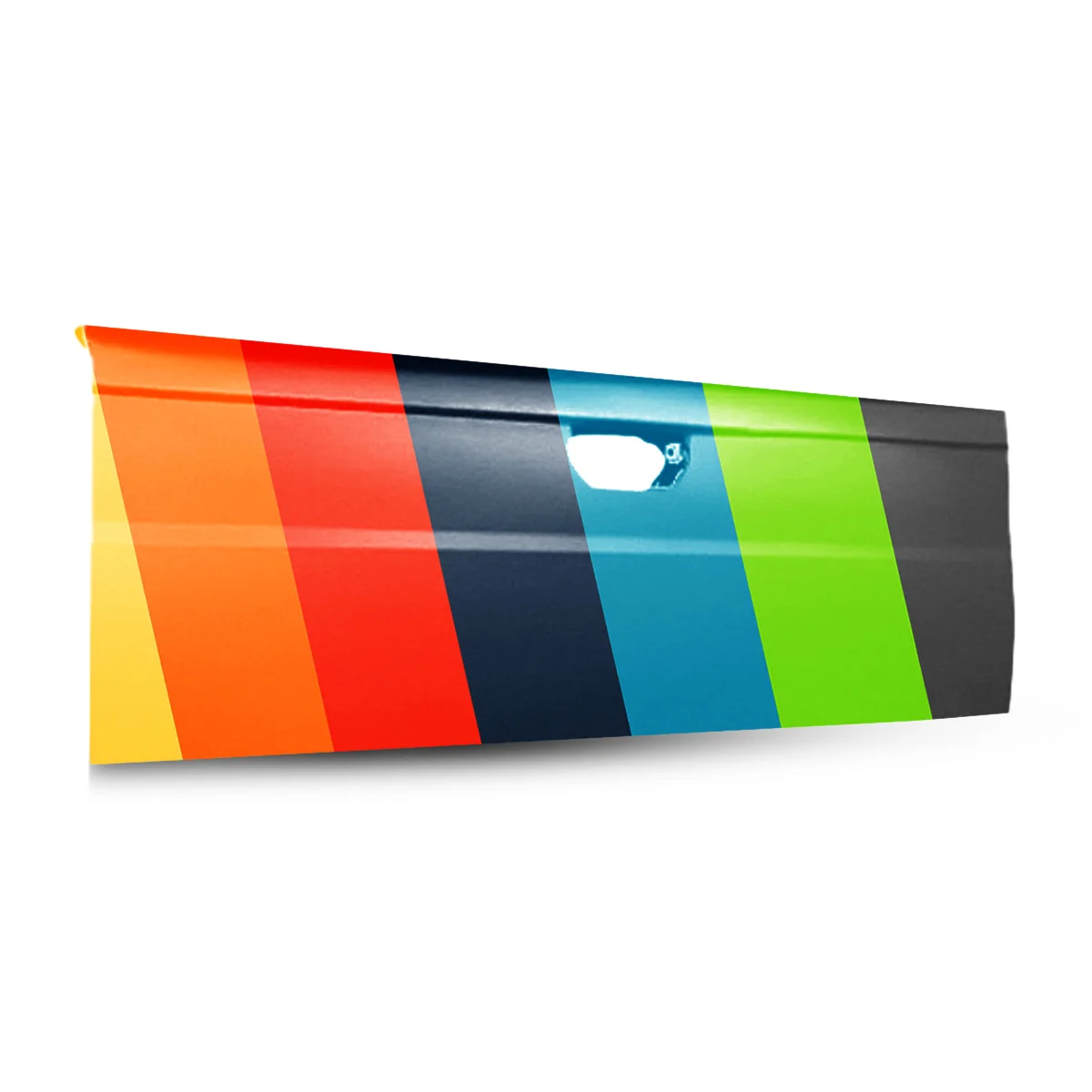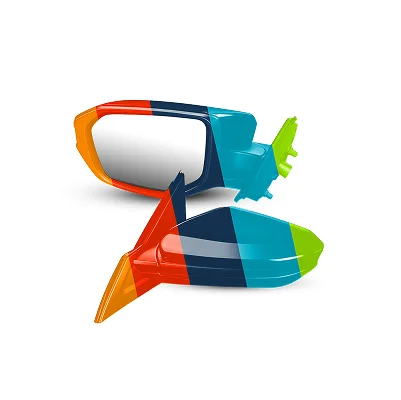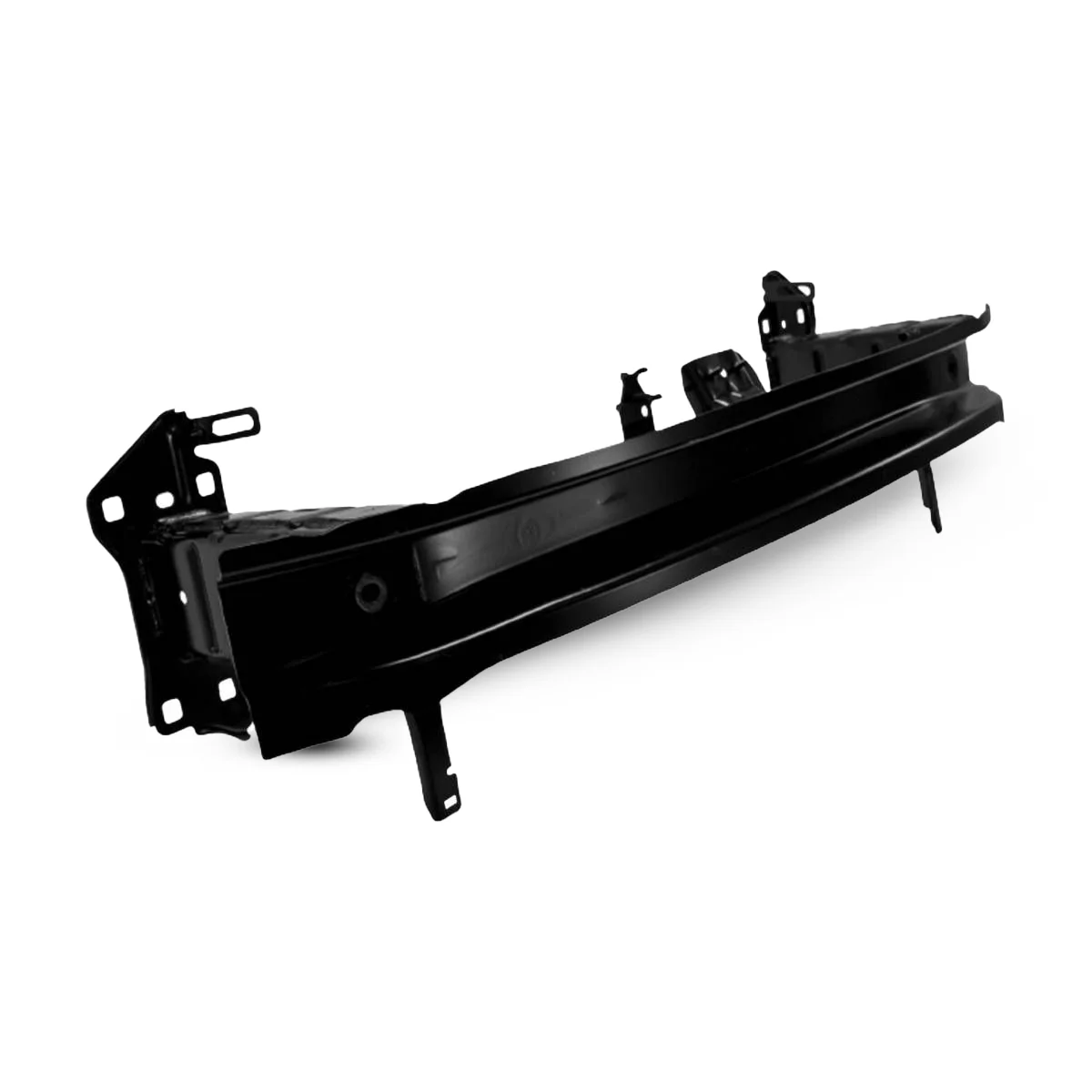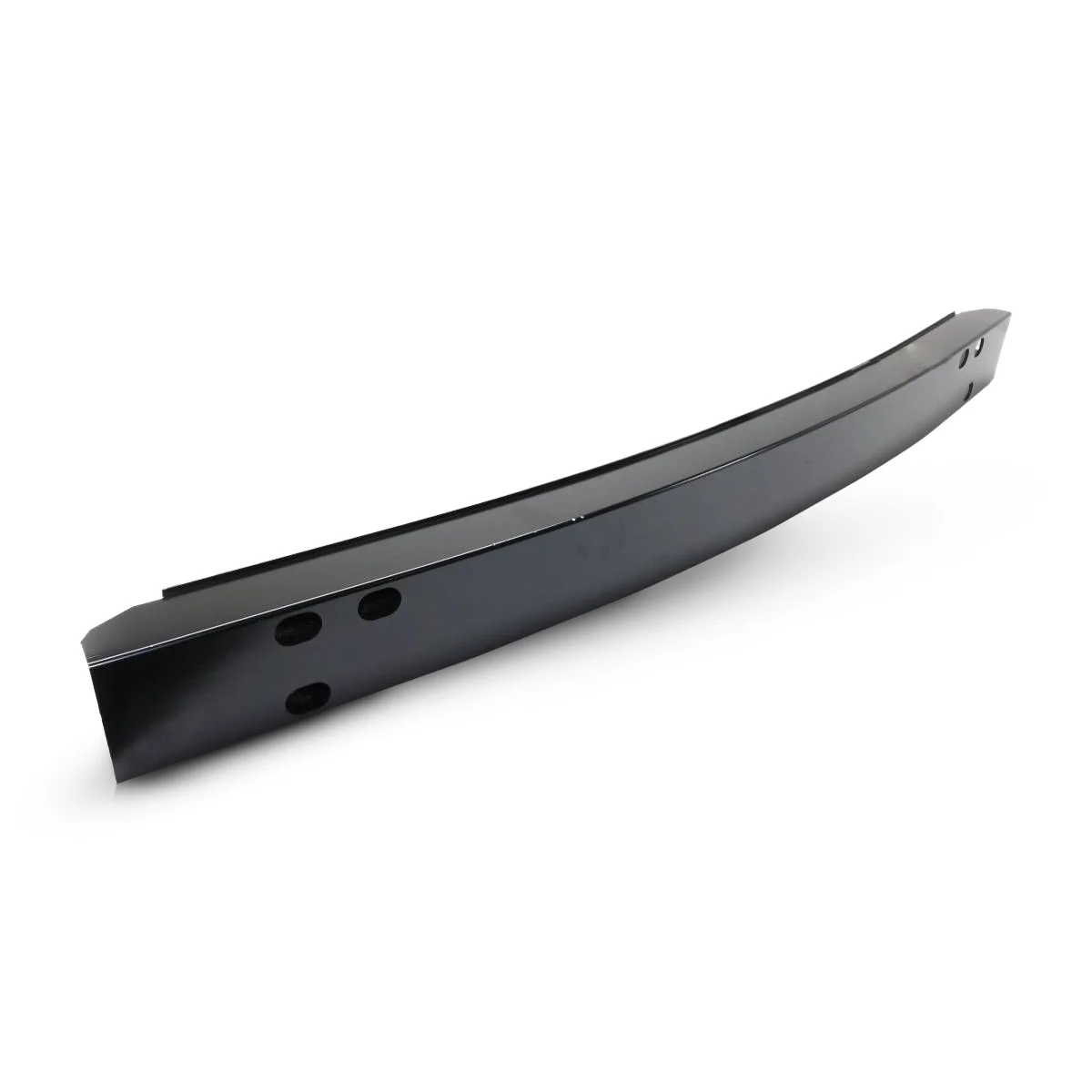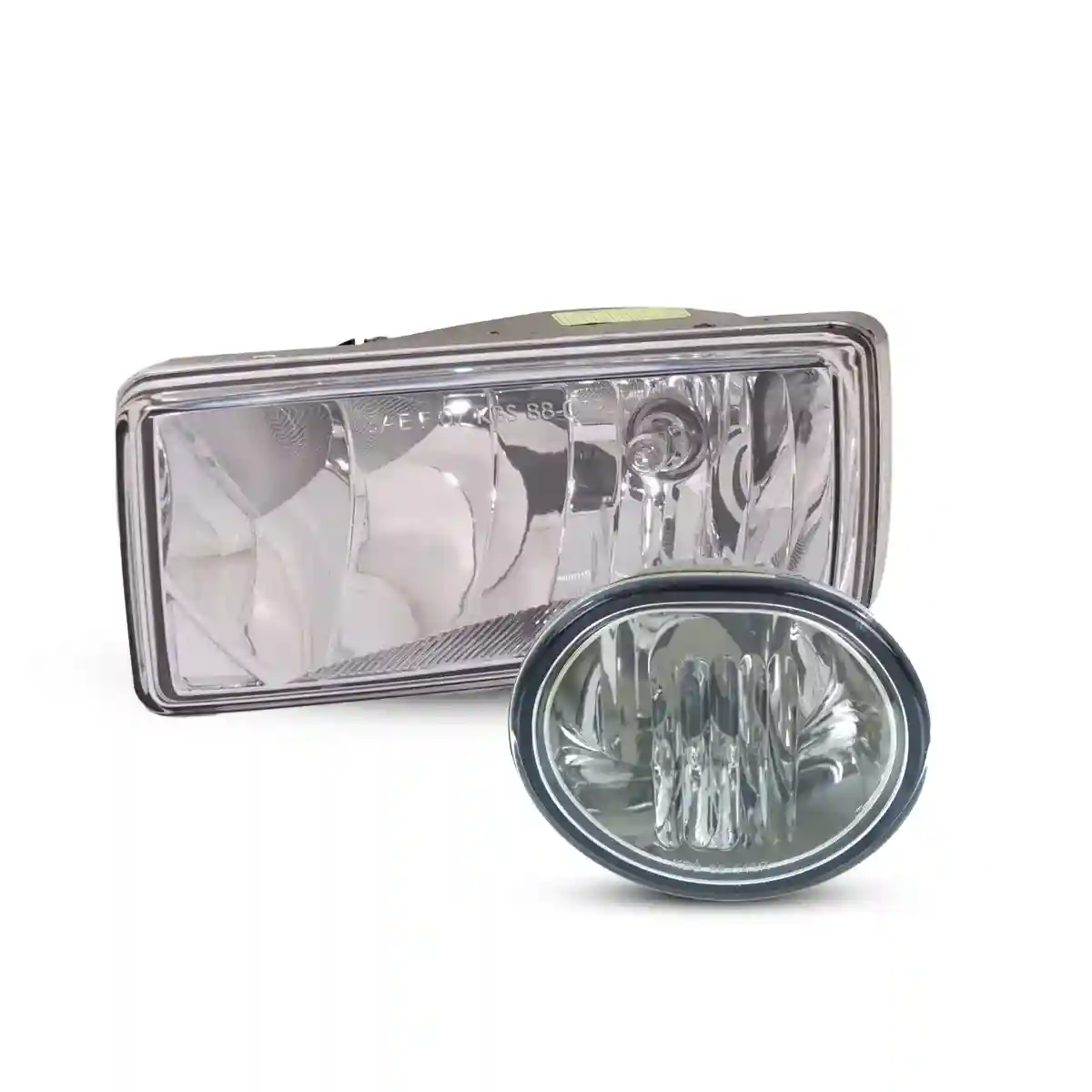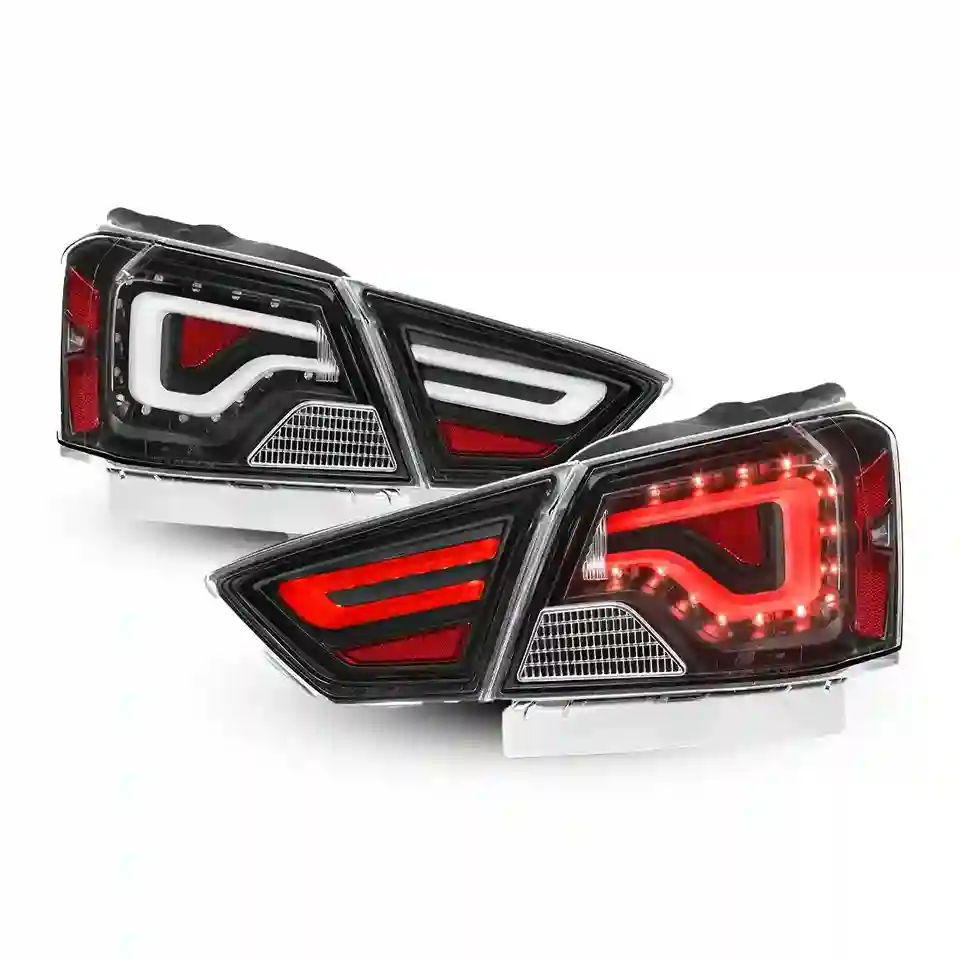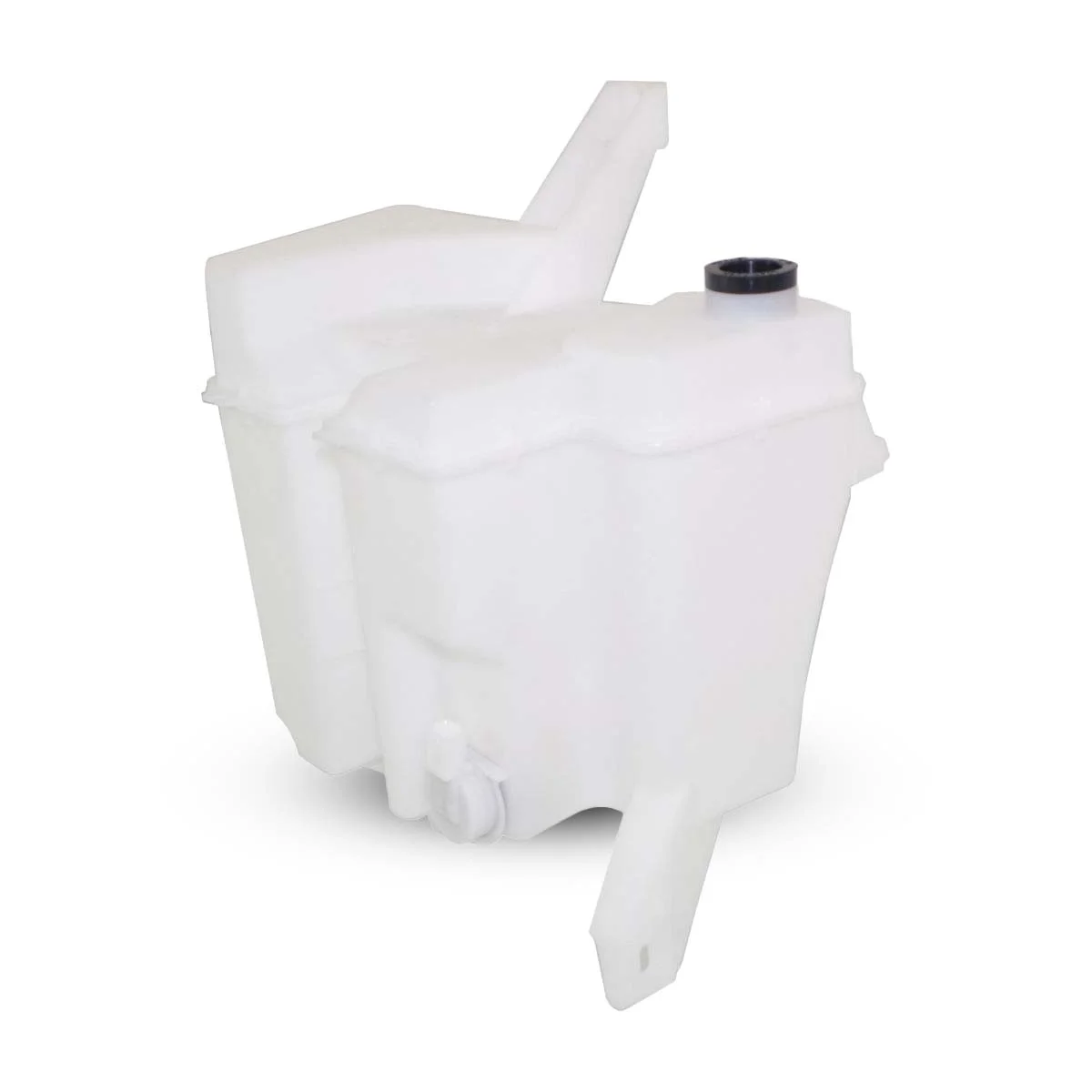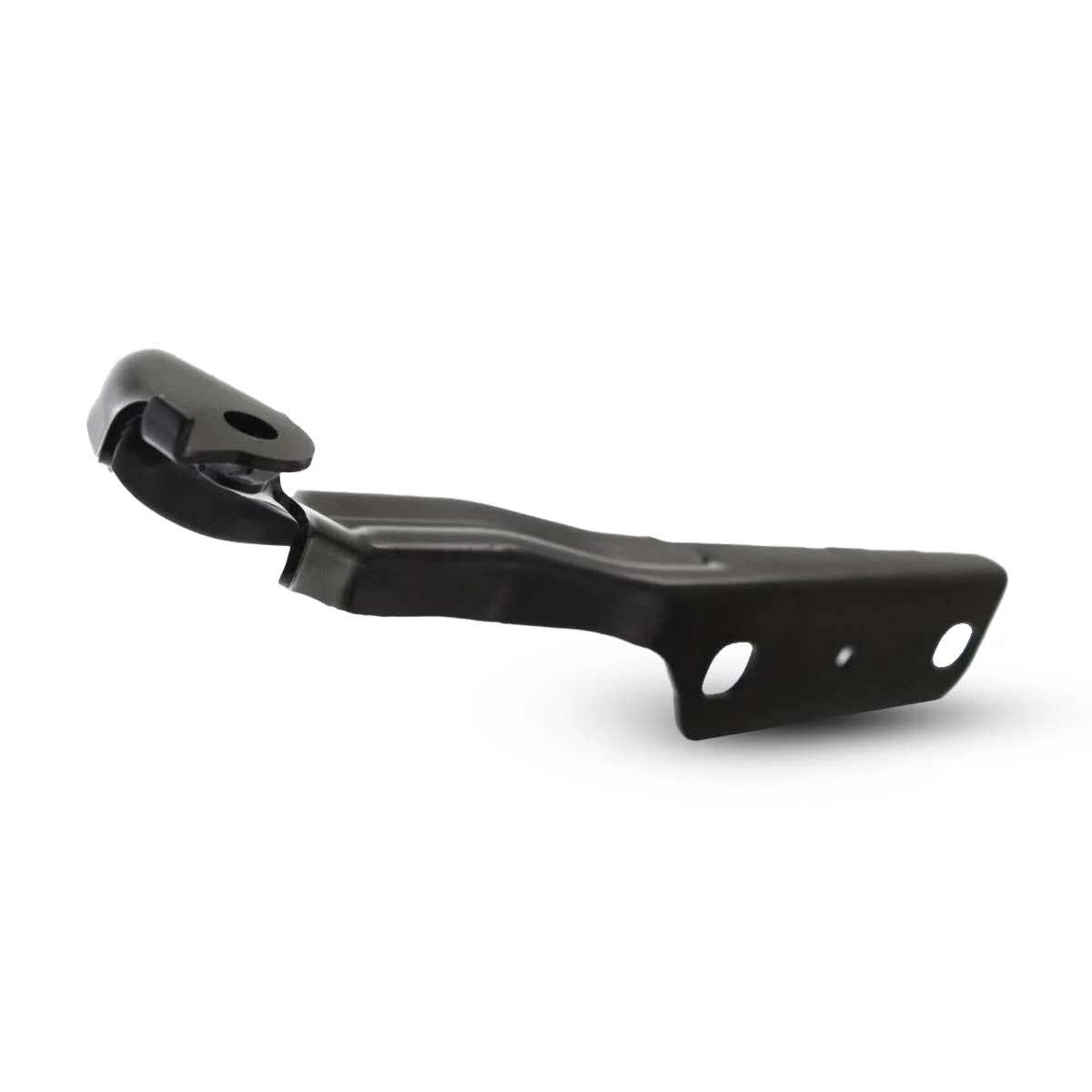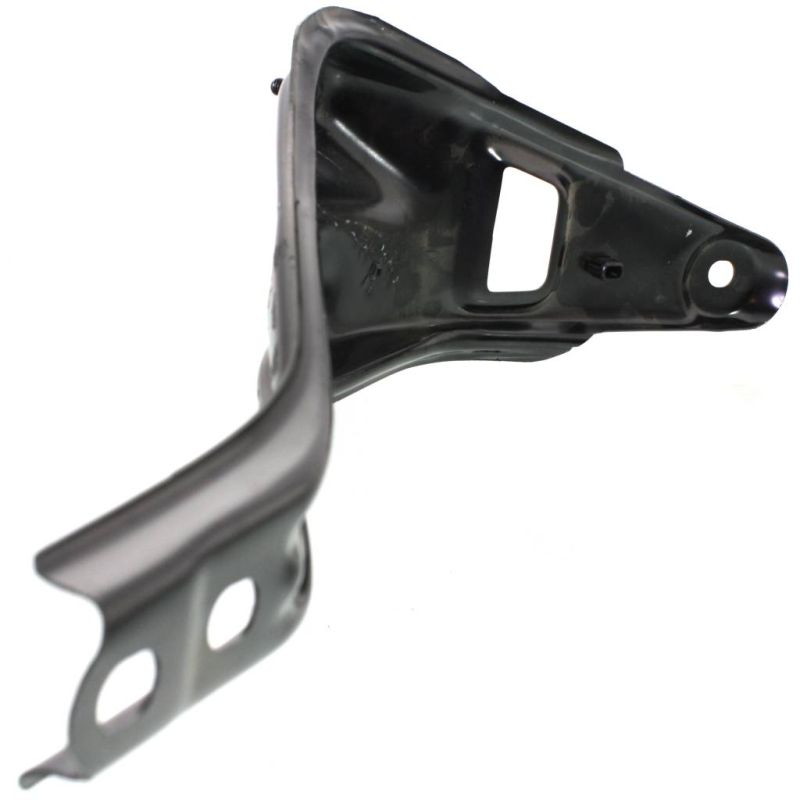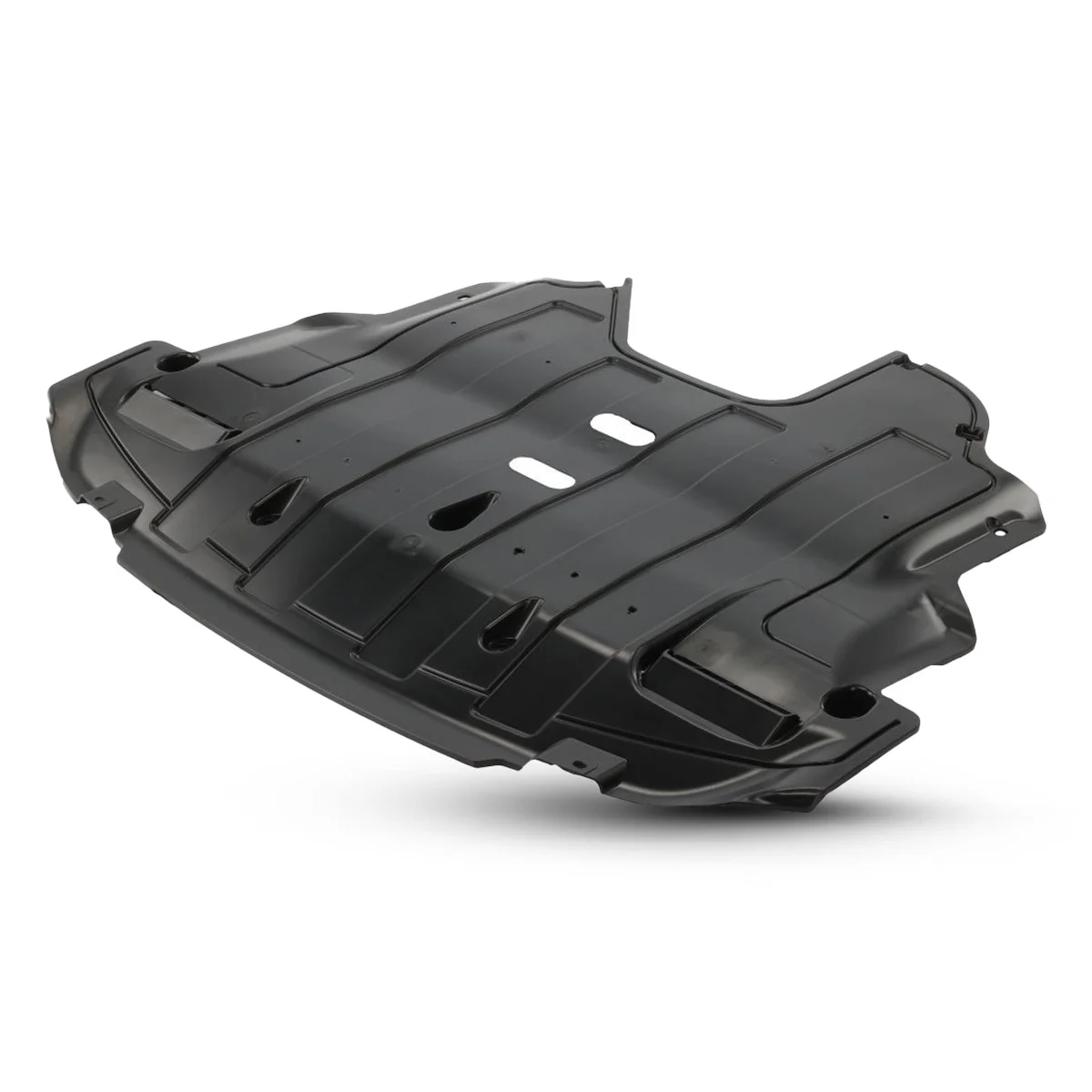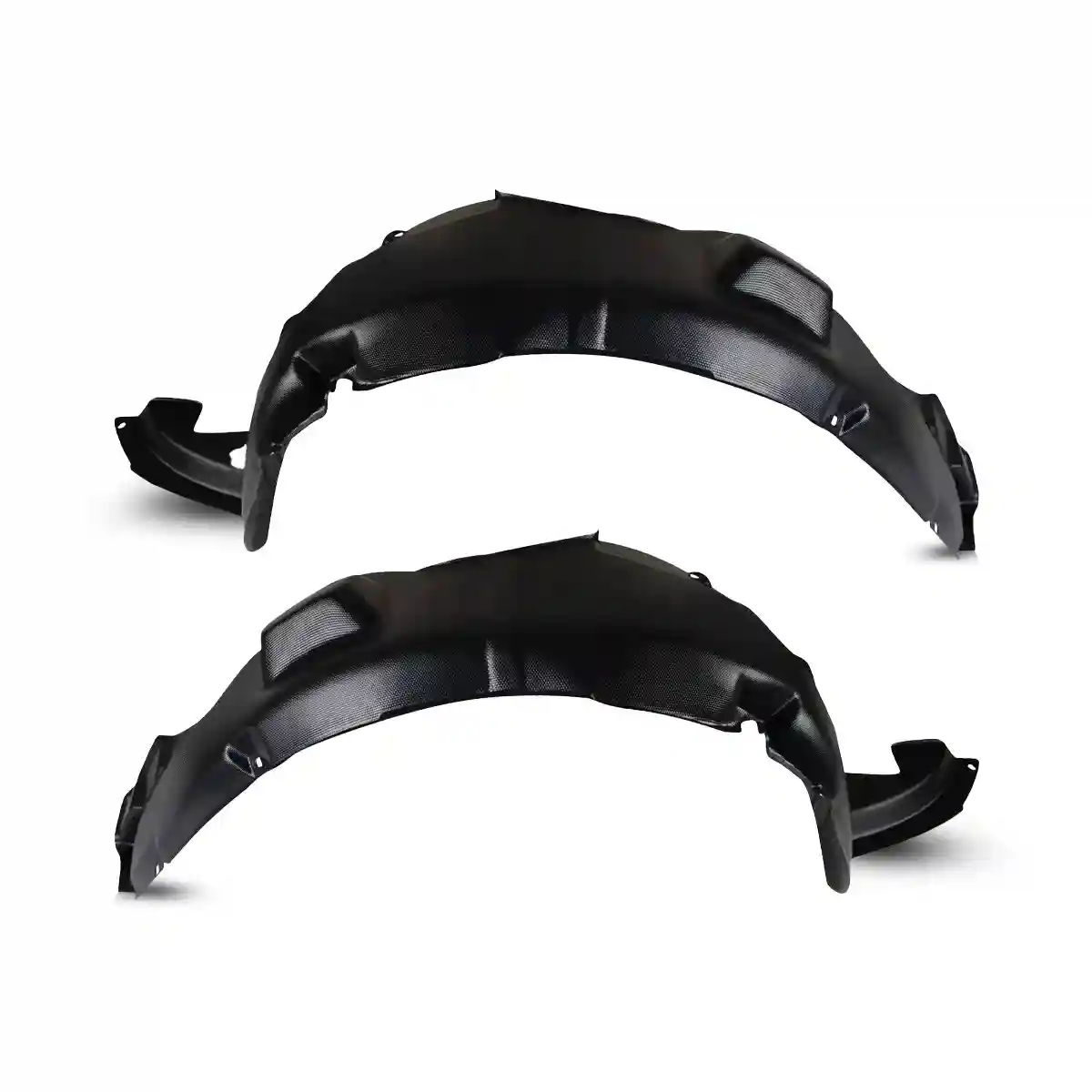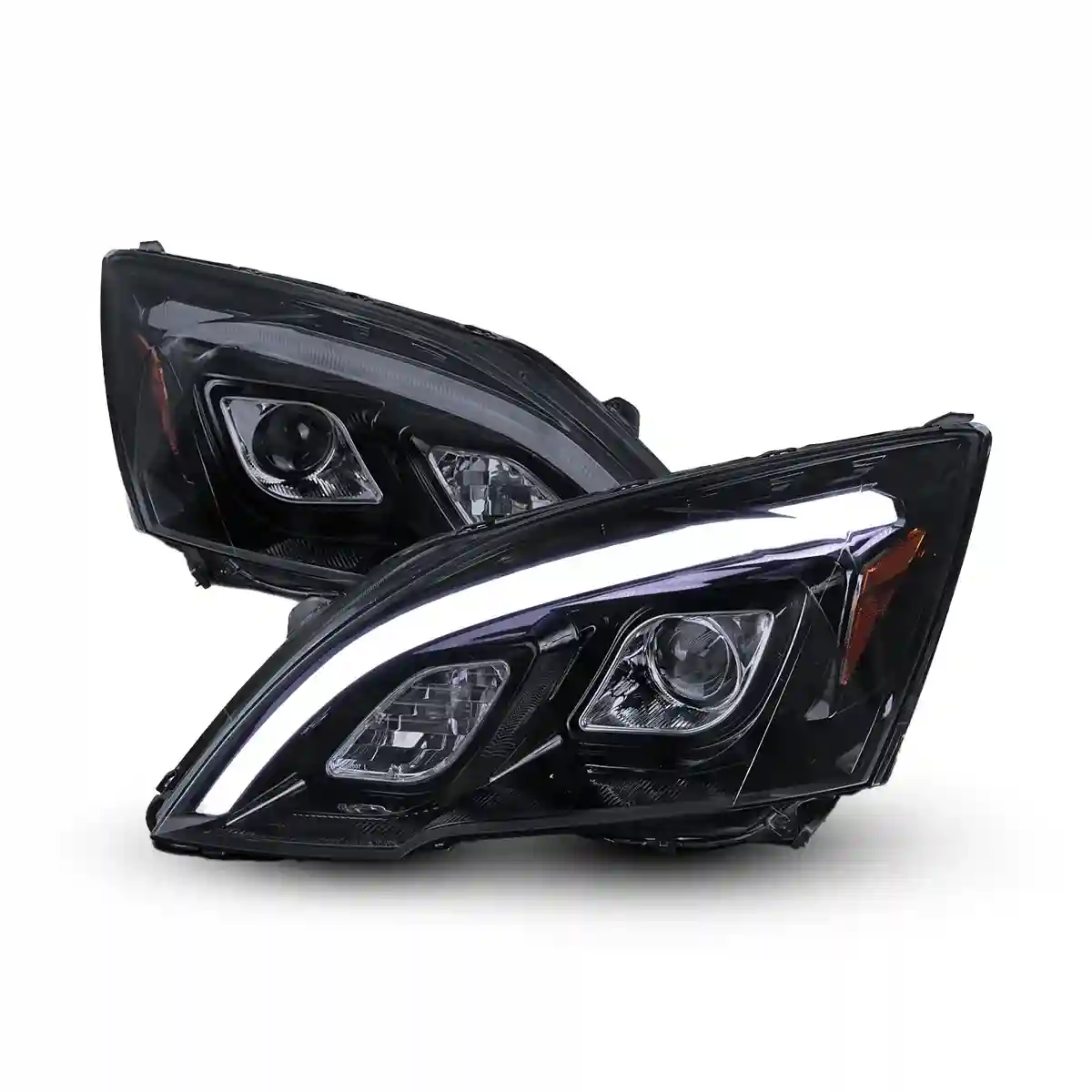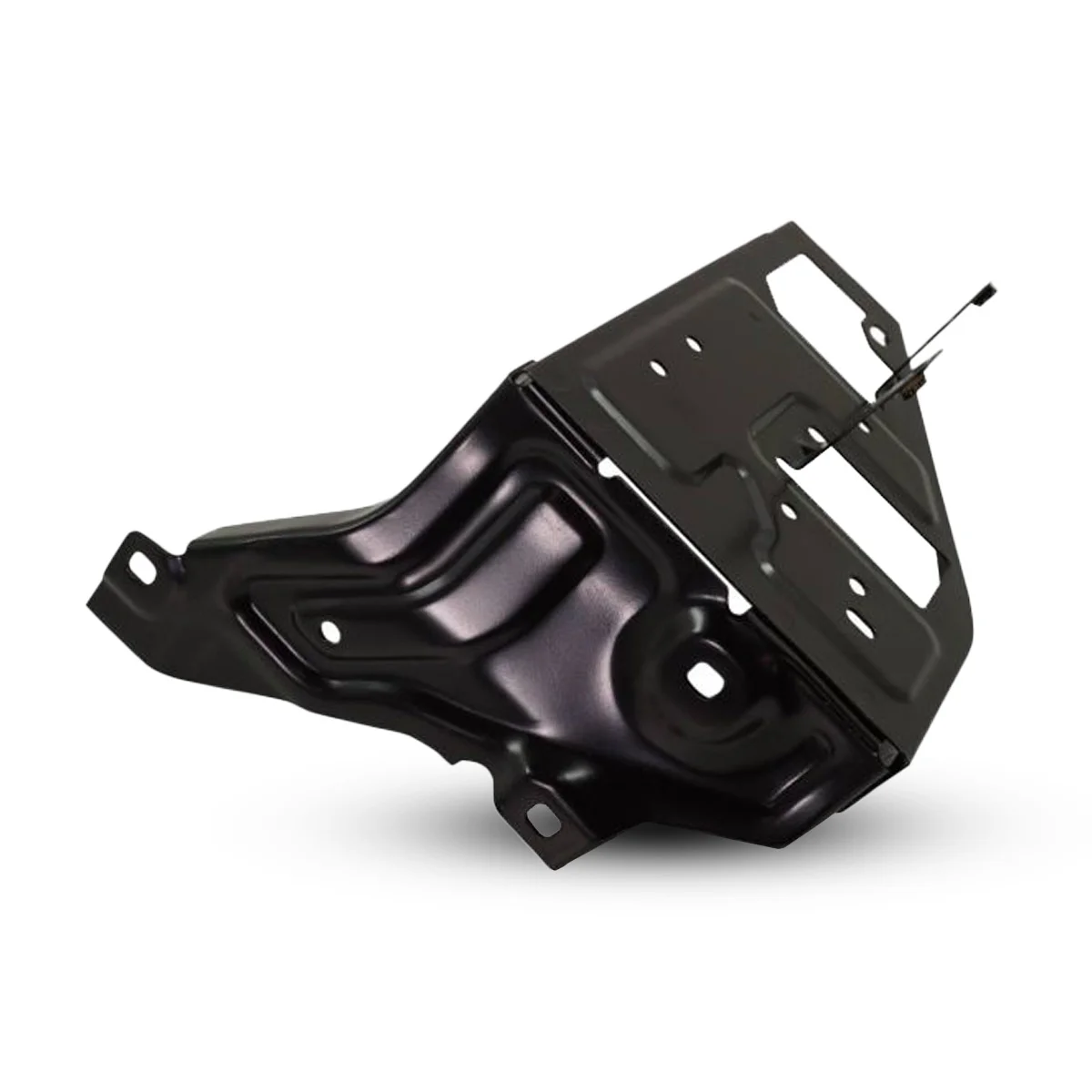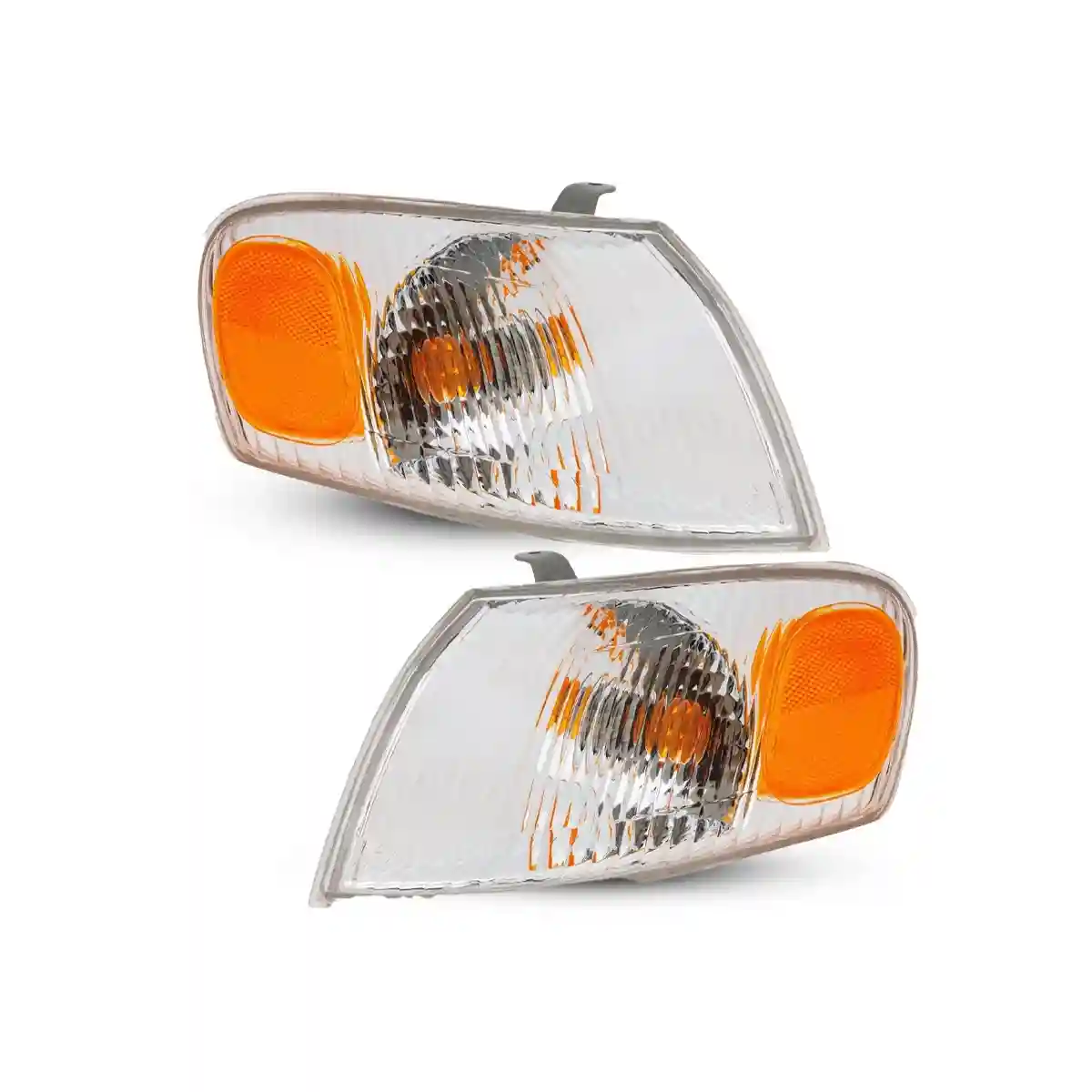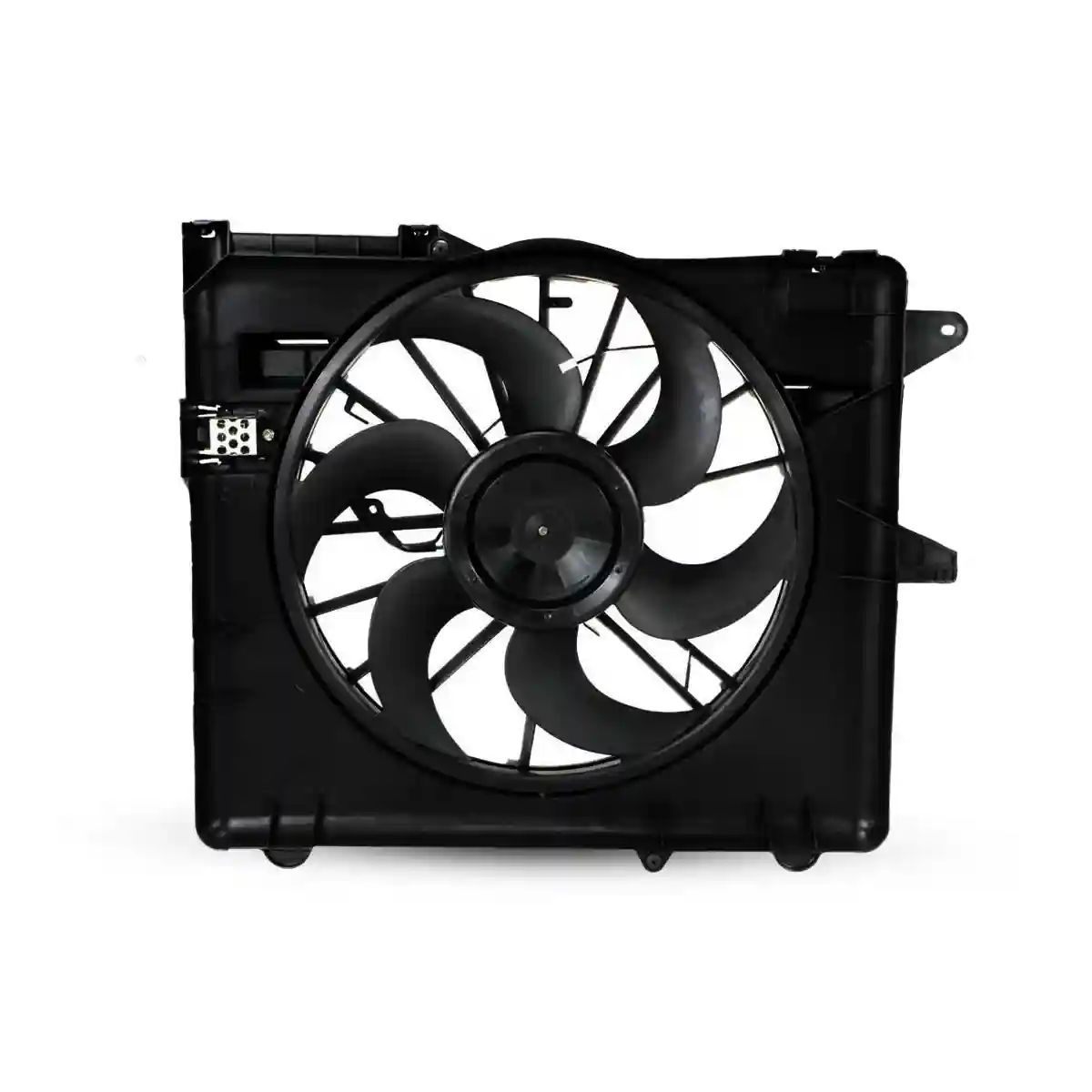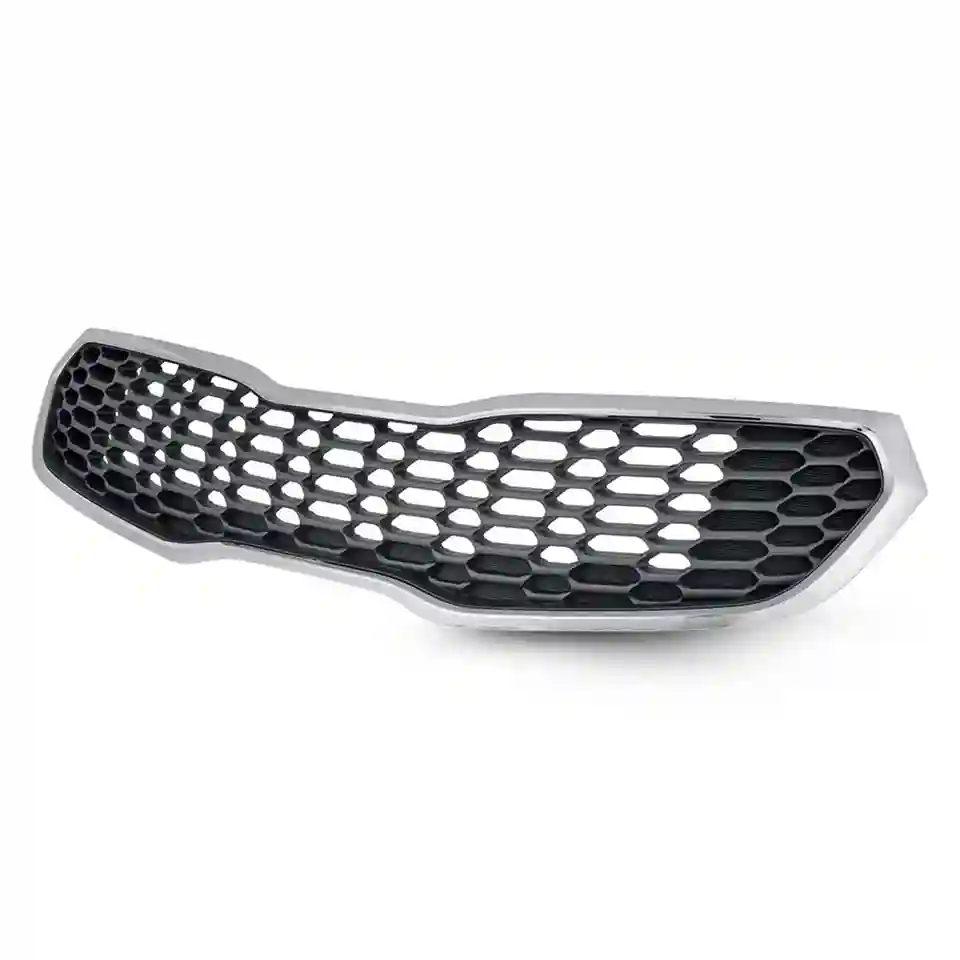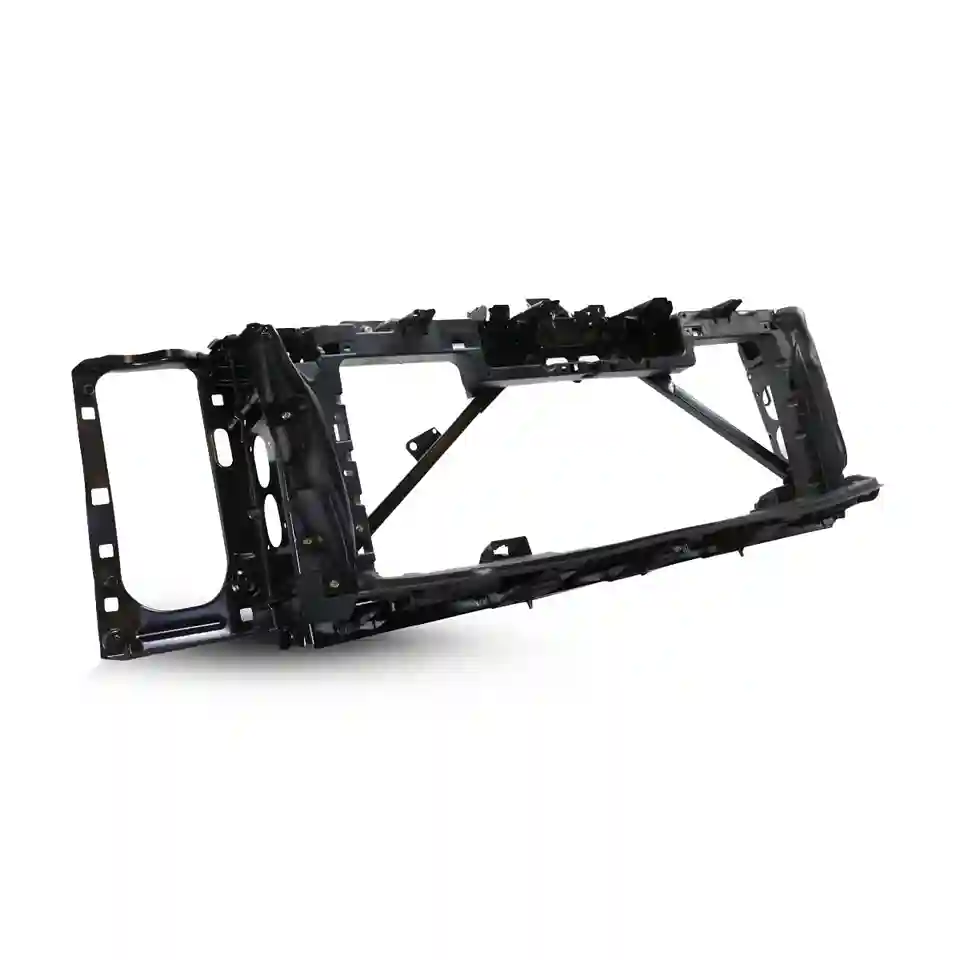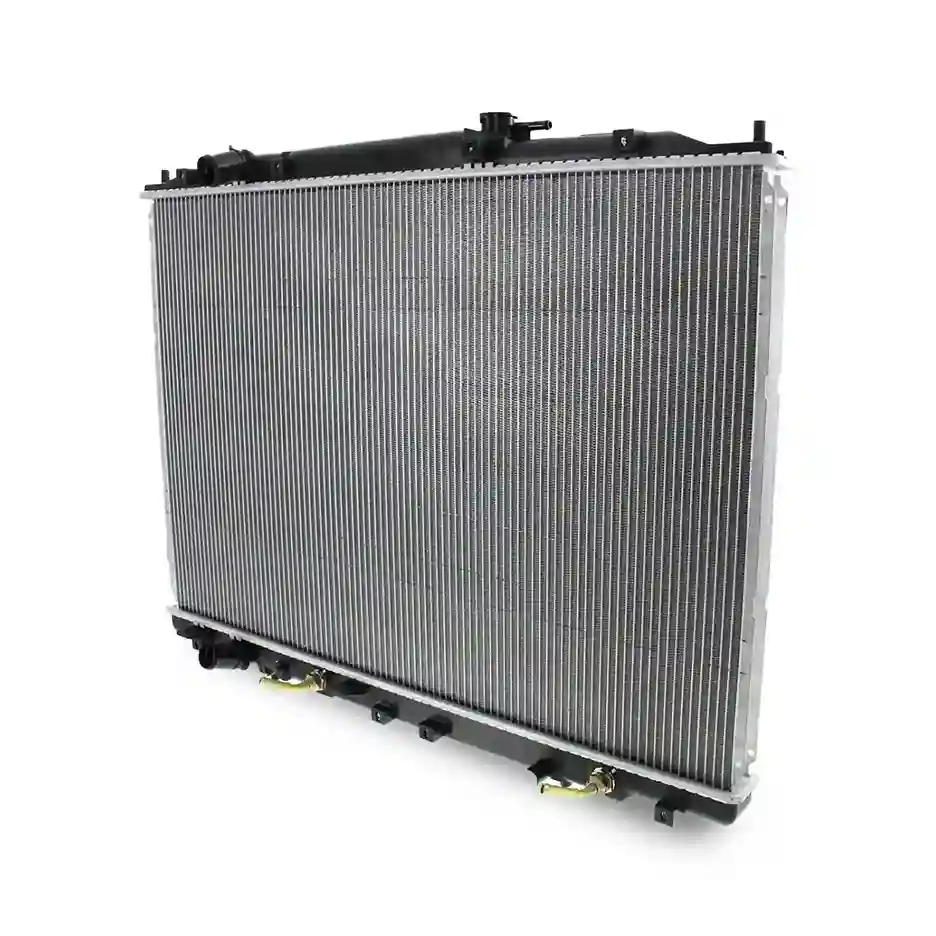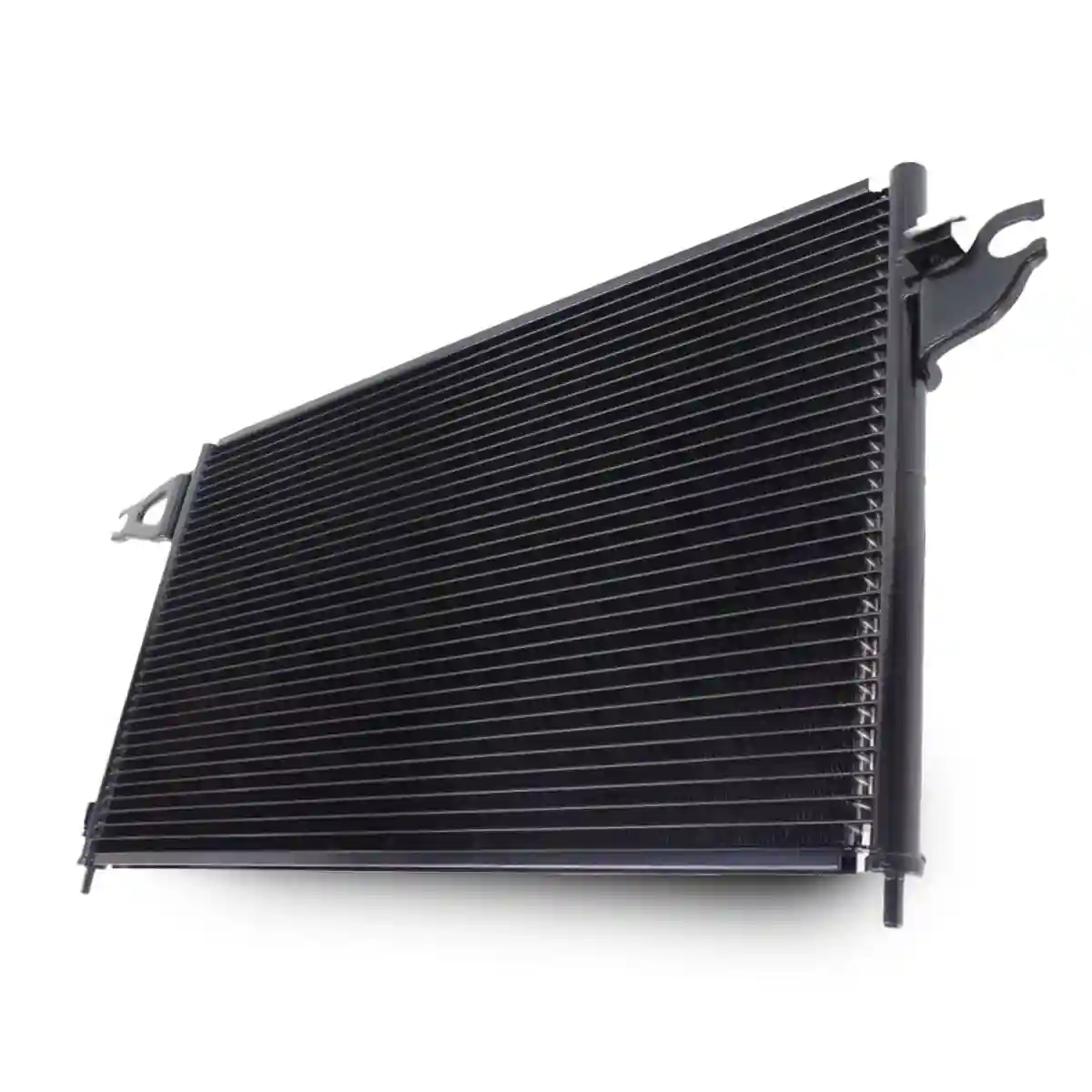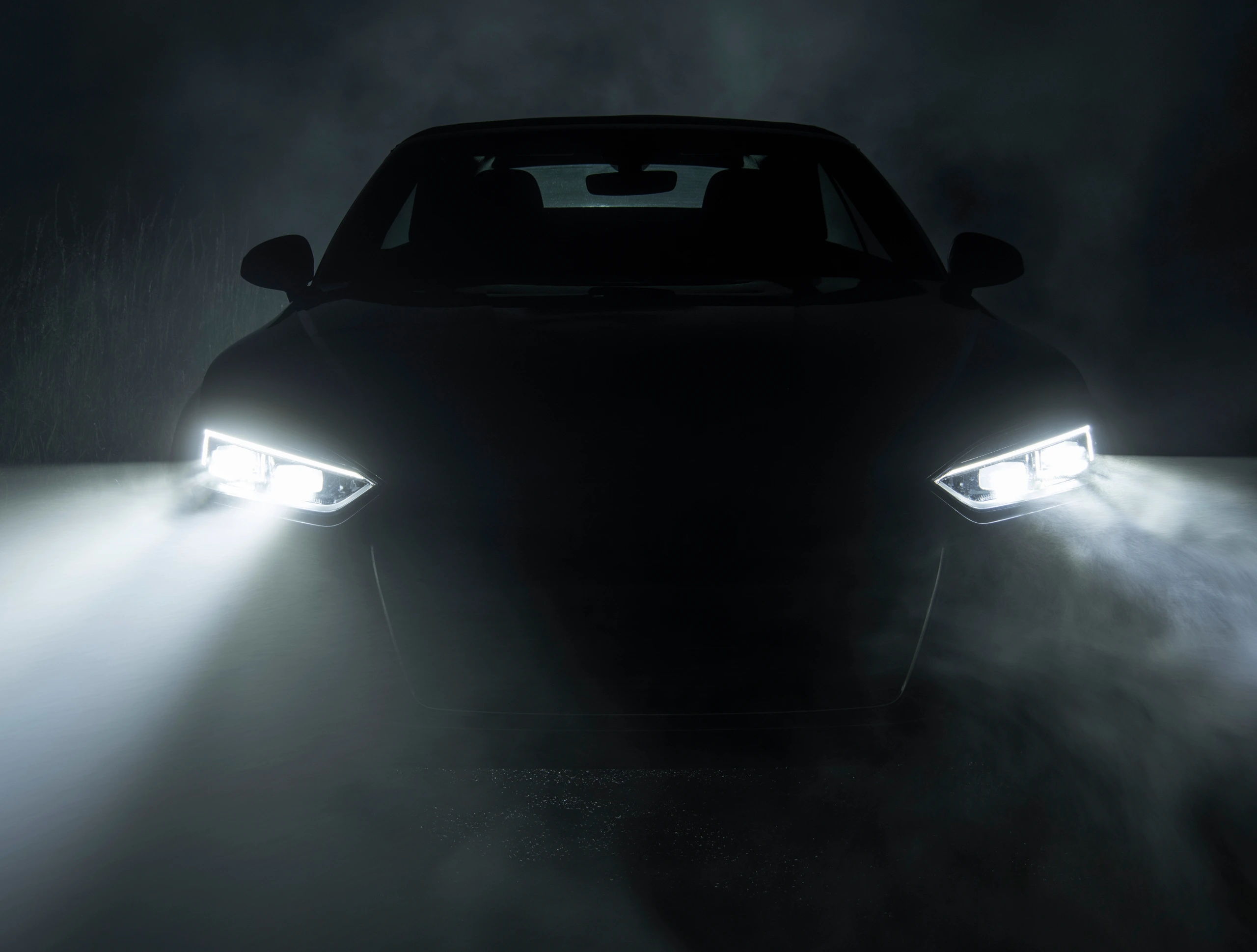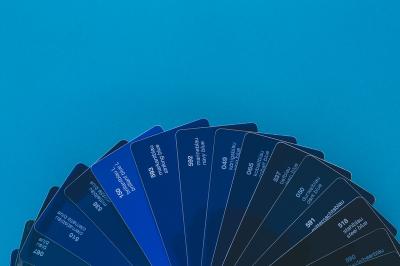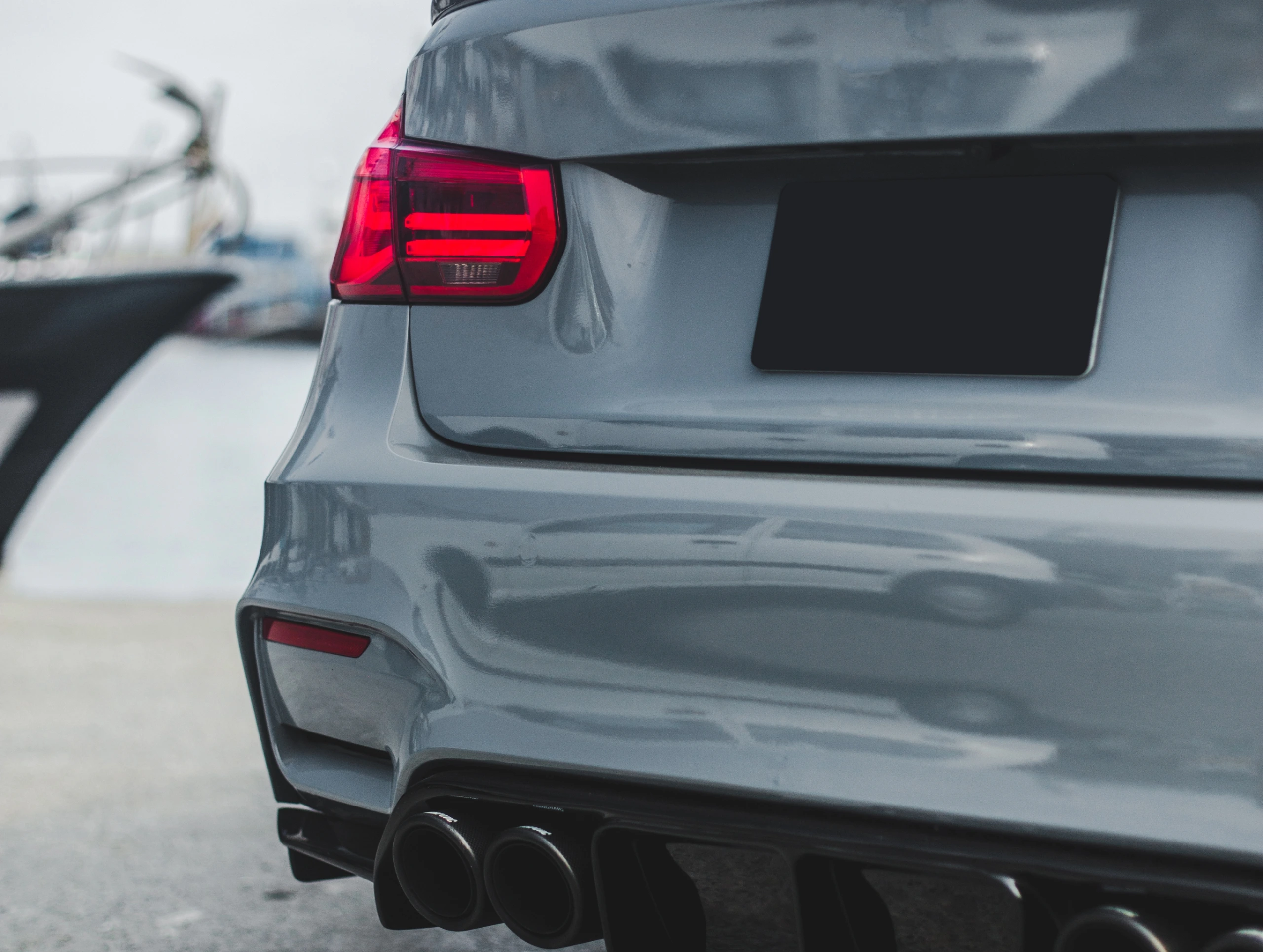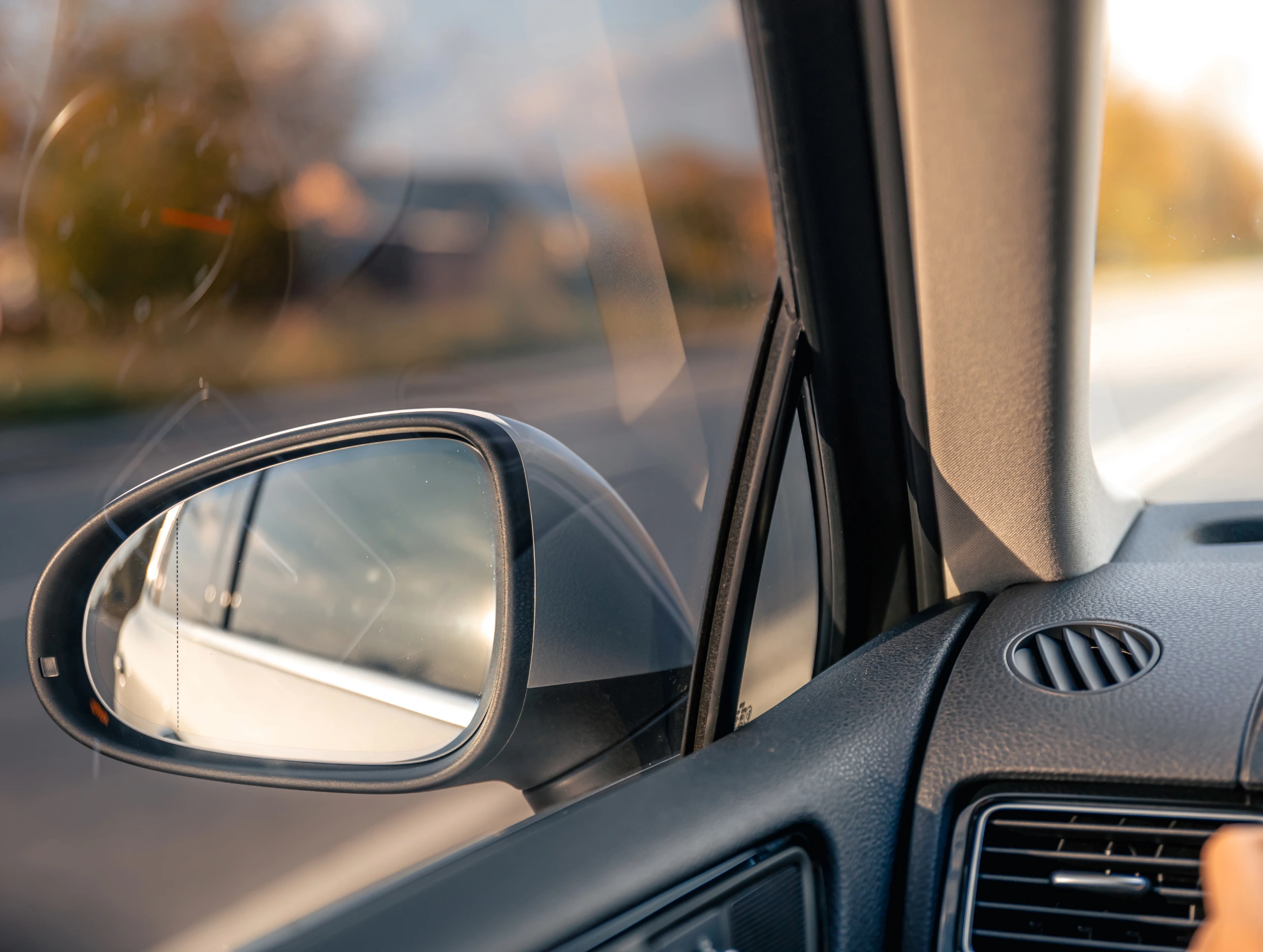Introduction to Fog Lights
Vehicle lights are a must for any driver because it helps navigate safely on-road. There are various lights you might find in your vehicle, depending on the manufacturers. Fog lights are one of the most commonly used ones.
As the name recommends, fog lights are designed especially for fog because the visibility rates drop significantly during fog. These lights can cut through the fog because of higher intensity and are placed on the bumper in most cases. Besides the foggy weather, these lights are also best for low-visibility areas.
Purpose of Fog Lights
It’s understandable if you wonder, “What are fog lights used for?” Fog lights are primarily designed to assist drivers with high beam lights during low visibility situations. Since accidents in foggy weather are common, car manufacturers provide these fog lights for higher on-road illumination. You may even wonder what lights to use in fog and what kind of choices you have in the market.
Different Types of Fog Lights
Because of the higher demand in car manufacturing, there’s a variety of different fog lights you can choose from. Here’s your answer to the question, “what lights should you use in fog?”
Halogen
Halogen lights are the most common fog lights installed in vehicles. They emit yellow light (wondering, why yellow fog lights?) because they are easily available in the market. The main reason yellow fog lights are so popular is that these lights are highly affordable. You can easily purchase them at your local vendor and have them replaced if they break. 
LED
LED fog lights are a better alternative than halogen bulbs as they use light-emitting diodes to produce light beams. You will learn when to use fog lights aptly once you get them installed in your vehicle by a professional.
These lights produce high-quality light without the blinding effect— which is why fog lights yellow are a lesser sought option. Car owners in foggy areas should always opt for LED lights because of the additional benefits offered. Instead of asking a friend what lights you use in fog, we recommend testing the LED fog lights for your on-road experience.
HID
High Intensity Discharge (HID) lights are different than the other two because they utilize Xenon gas for brighter output. These lights operate for longer, requiring lesser maintenance.
They are highly durable and can absorb shocks on the road well. Still, wondering what lights to use in fog? We recommend checking your driving needs and road type before deciding.
Installing Fog Lights
Now that we have discussed the basics of fog lights, it’s necessary to learn how to install them in your vehicle. The section ahead will save you from searching the web for terms like how to wire aftermarket fog lights and help you install them yourself.
Individuals face problems with fog light installations because they don’t keep their vehicle requirements in mind. Here are two main tips you should begin with.
Assessing Vehicle Requirements
Every vehicle has its unique design, area for fog light installation, and light type. Assessing these subjective vehicle matters is necessary before installing a fog light. Before you begin, you need to find your vehicle’s panel and learn about its wiring and mounting systems. Once you have all this information outlined, you can begin with the next step.
Gather the Necessary Tools
Once you have all the vehicle information cleared out, gathering the tools required for the fog light installation is necessary. Some of these include:
- Zip ties
- Wrench
- Vinyl electrical tape for insulation
- Ratchet and extension
- Pliers
- Flashlight
- Drill
- Diagonal cutters
Once you gather all the tools required for installation, you can learn how to install fog lights.
Familiarize Yourself with the Installation Process
You might even doubt yourself if you are confused and unsure of the installation process. For instance, many car owners wonder, “Are fog lights necessary?”
Yes, they are. The fog lights provide higher on-road safety and visibility to the drivers. It is why purchasing the right ones and knowing where to buy fog lamps matters. An easy way to make this process efficient is by learning the installation process. Here’s a simple breakdown of the basic installation process for your reference:
- Begin by accessing the car battery and disconnecting the terminals, so you don’t get electrocuted during installation.
- Lay the around the car’s layout and avoid any areas that may be an obstacle.
- Access the interior panels, generally located under the steering wheel, and open them.
- Carefully handle these parts and remove the fuse to access the panel manually. It’s best to be patient through this step and carefully dispose of the parts. You will also find another panel in the steering column that you need to unbolt before installing the fog lights.
- Add the switch into the panel wherever you want, but ensure you can access it easily. Wrongly placing the fog light switch could make operating it challenging.
- Look for the ground wires on the ground. During installation, you will likely find a bolt that goes through the flooring. Once you see it, loosen the bolt and remove it. Finally, slide the connector on the ground, and tighten the bolt again.
Now that we’ve covered these basic installation steps, you can install your fog lights without wondering if all cars have fog lights.
Connecting the Fog Lights
Although we have demonstrated the basic process for installing fog lights—there’s more detail you need to learn before installing these fog lights in your vehicle. We’ll simplify the process and explain it with a step-by-step approach.
Mounting the Lights
Some vehicle owners prefer installing fog lights on the car’s exterior rather than on the bumper. It is the best option if you have an SUV or a larger vehicle because it probably doesn’t have an area for fog lights on the bumper.
It’s best if your vehicle has a grill, allowing you to add the light easily. Always ensure the fog lights are mounted correctly, or they could easily fall off or get disconnected while you drive.
Wiring the Lights
Once the fog lights are mounted, it’s time to learn how to wire aftermarket fog lights. Connect the wires to their respective terminals and ensure all connections are secure. Wiring the lights carefully is crucial, or your fog lights might not work—or lead to a fire hazard in a severe situation.
Testing the Lights
It’s necessary for the fog light installers to carefully test the lights before closing off the panel. You wouldn’t want to re-open everything because of a loose connection. We recommend testing the lights before setting everything. Adjust the light’s focus, angle, and other aspects, so you don’t have to re-check it in the future.
Using Fog Lights
Once the fog light installation process is completed, learning how to use it is essential. Therefore, we recommend following the driving instructions provided.
Learning When to Use Your Fog Lights
There’s no preset right time to use a fog light while driving. It all depends on the visibility. As a general rule, drivers can use fog lights when visibility is 100 meters (328 feet) or less. Think of it as a football field, according to the Highway Code (rule 226. Driving without fog lights during this time can be a serious hazard to you and the other drivers.
Adjusting the Lights
Most good-quality fog lights have adjustable settings. It’s because many halogens and LED lights can create an uncomfortable gaze for the incoming traffic, increasing on-road threats. You can adjust the lights during their installation with proper orientation. Generally speaking, your fog lights should be 10 to 24 meters above the ground and below the light. The fog is visible 2 ft. above the ground—so adjust accordingly.
Maintaining Fog Lights
Purchasing fog lights in the USA shouldn’t be a huge problem. You can find it in almost every convenience store or shop or for sale. But if you don’t want to rely on a mart, you can find a reliable supplier. The best way to avoid spending a lot of money on these lights is to maintain them. Here’s how you can do that.
Cleaning the Lights
Use a microfiber cloth to clean the fog lights to avoid scratching. You can also use a water-soluble solution to clean off excess dirt. Moreover, the fog lights can develop fog on the inner side, creating a “hazy” light output. Regular cleaning helps avoid these issues.
Replacing Bulbs and Fuses
Fog light owners may need to replace their bulbs and fuses from time to time. The installation process is the same as mentioned above.
Benefits of Installing Fog Lights
- Provide better on-road illumination
- Cost-effective
- Comfortable driving even on dark roads
- Safe driving
- Multiple designs and options are available
Installing fog lights in your vehicle will make driving simple and safer. We recommend checking various fog light options before purchasing yours. You can opt for the best fog lamps at Painted Auto Body Parts.
Conclusion
Installing fog lights is viable if you want better visibility and on-road control. These lights have various types and provide an optimal experience. Here’s a quick look back at their main benefits



